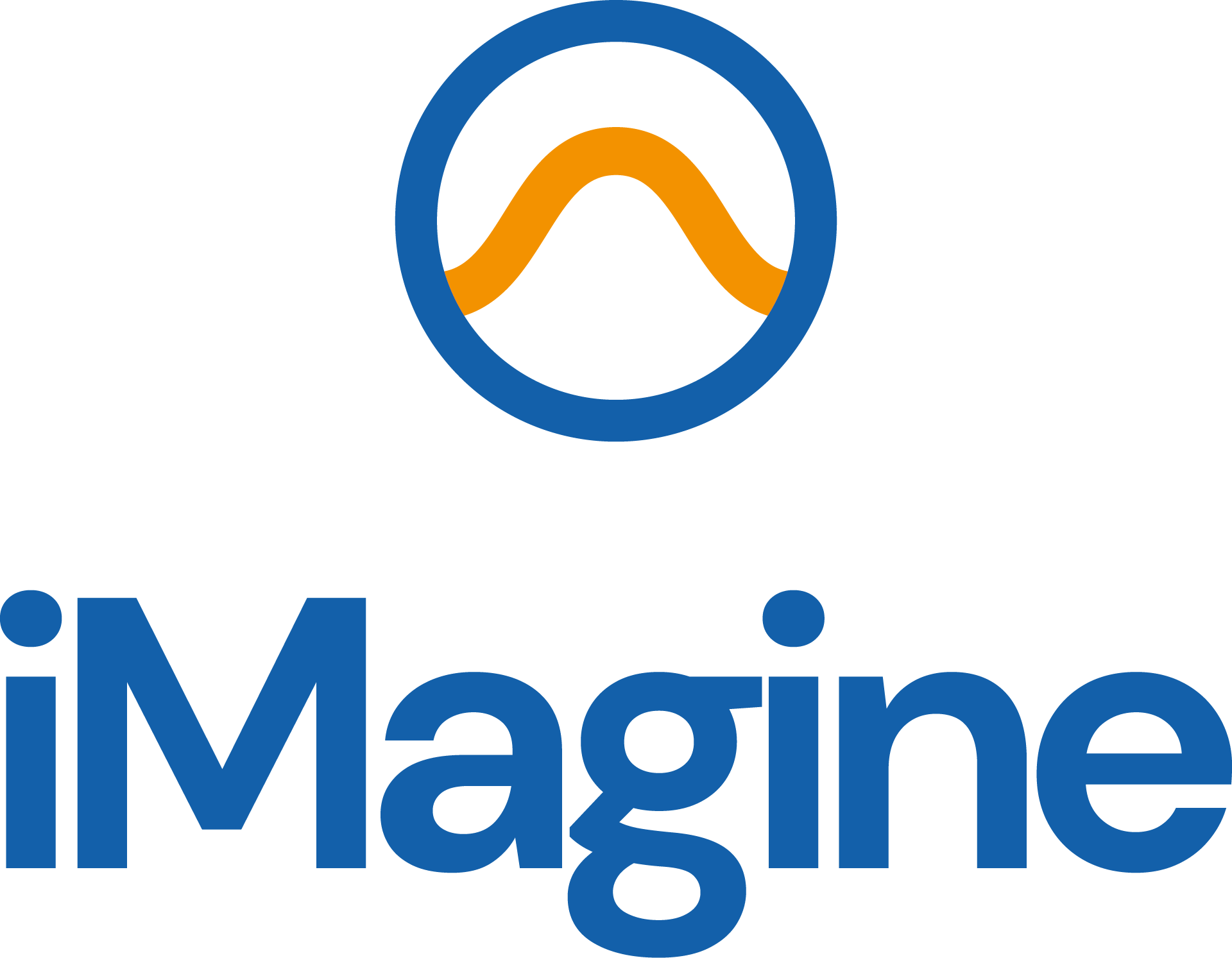To establish an operational service at the iMagine platform for automatic processing of satellite images for detecting oil spills as extra component of an existing marine pollution oil spill monitoring and modelling service.
Aim
Development actions during iMagine
Using the iMagine platform for further refining the AI supported detection of oil spills. Training datasets containing labelled images of oil spills in satellite imagery will be used to improve existing deep learning algorithms, as well as to test advanced approaches like transfer learning between trained Deep Neural Networks. Use will be made of images from Sentinel 1, Sentinel 2 and Landsat 8 satellites with focus on Mediterranean Sea.
Setting up an operational AI service, including image database, for oil spill detection at the iMagine platform and configuring the interfacing with the existing operational marine pollution oil spill monitoring and modelling service running at CMCC
Developing guidance documentation for other researchers for using the AI service
Reaching out to other researchers and provide support and training
Objective and challenges
This use case wants to enhance the existing oil spill monitoring and forecasting system, OKEANOS, by establishing an operational service on the iMagine platform. This service will utilize satellite imagery to automatically detect oil spills and provide more accurate and localized oil spill forecasts. The technology behind OKEANOS relies on open and quality-controlled inputs such as meteo-oceanographic fields, bathymetry, and coastline geometry, as well as satellite imagery from the Sentinel 1, 2, and 3 constellations.
One of the challenges in oil spill forecasting is the lack of quantification of uncertainties, which stems from the absence of quality-controlled observations and well-established validation methods. The accuracy of oil spill forecasts is also affected by the limitations of ocean and atmospheric models in reproducing small-scale features. Implementing high-resolution meteo-oceanographic models to improve forecast accuracy is expensive and time-consuming. Therefore, this use case aims to leverage the AI platform to address these challenges by improving the algorithms for automatic oil spill detection and classification using satellite imagery and enhancing the accuracy of numerical oil spill forecasts.
Timeline and progress
Image credit: Jill Heinerth / Ocean Image Bank





